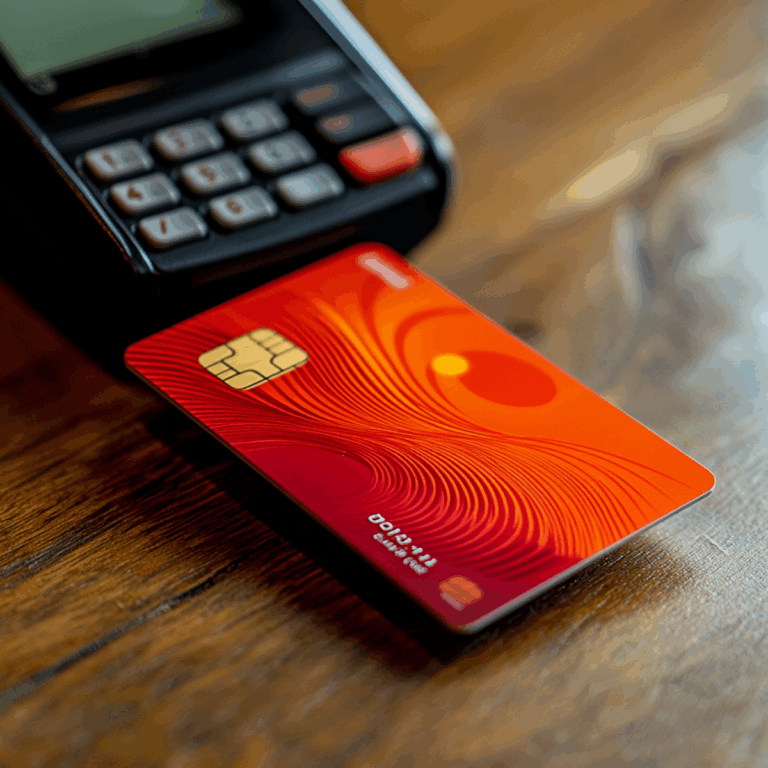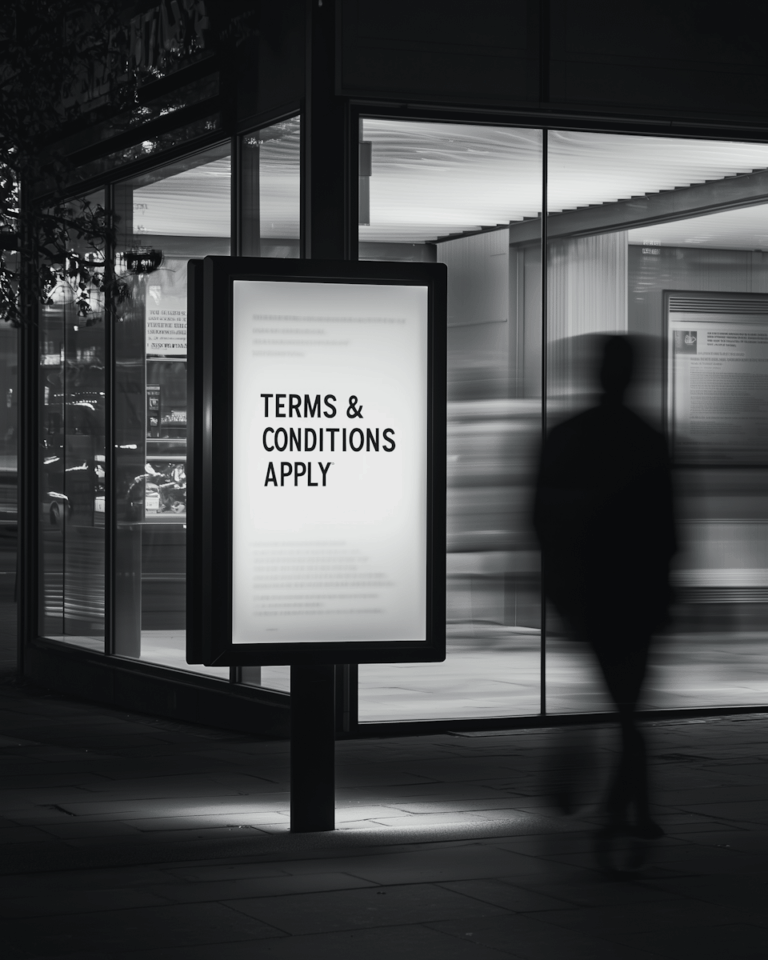A Clear Guide for Everyday People
Most of us consider Debt a part of life, but not all debt is created equal. If you’ve ever had a credit card, financed a car, or paid a utility bill late, you’ve likely dealt with consumer debt—even if you didn’t realize it. In this post, we’ll explain exactly what counts as consumer debt, how it’s different from other types of debt, and what rights we have regarding debt collectors.
What Is Consumer Debt?
Consumer debt is money we borrow for personal, family, or household reasons, not business or investment. It’s the type of debt most of us deal with, whether it’s student loans, car payments, or a balance on our cable bill.
The key idea is: if it’s personal, not business, it’s consumer debt.
Let’s break that down.
1. Credit Card Debt
Credit card debt is probably the most familiar type when we carry a monthly balance on a card. Whether it’s for groceries, flights, or covering emergencies, if we’re swiping for personal use, it’s consumer debt.
2. Auto Loans
When we finance a vehicle for personal use, we take on consumer debt. The lender holds the title until the loan is paid off, and missing payments can lead to repossession.
3. Student Loans
Whether federal or private, student loans used for school expenses are classified as consumer debt—even though they often have unique repayment terms and protections.
4. Utility Bills
Unpaid utility bills—like electricity, water, and gas—can be sent to collections if we fall behind. Once they are, they become recorded consumer debts that may appear on our credit reports.
5. Personal Loans
Consumer debts are loans from banks, credit unions, or online lenders for personal expenses, like consolidating debt, paying for a wedding, or fixing our homes.
6. Rent Arrears
Are you falling behind on rent? The overdue amount becomes a consumer debt. In some cases, landlords may send the balance to a collection agency.
7. Cell Phone and Cable Accounts
These might feel like subscriptions, but they’re considered utility-type services. If we cancel with a balance due or miss a few months of payments, that account can go to collections.
Consumer vs. Commercial Debt
The big difference? Consumer debt is for personal use. Commercial debt is for business.
So, if we take out a loan to start a food truck, that’s commercial. If we’re buying a personal vehicle to drive to a regular 9–5 job, that’s consumer.
That difference matters because consumer debt is regulated by laws designed to protect people like us, such as the Fair Debt Collection Practices Act (FDCPA).
Our Rights Under the FDCPA
The FDCPA protects us from harassment, unfair practices, and misinformation. Some of our rights include:
Collectors can’t call at unreasonable hours (before 8 a.m. or after 9 p.m.)
1. They must identify themselves and the reason for contact
2. We can request validation of the debt in writing
3. They can’t threaten, intimidate, or lie to collect
If a collector steps out of line, we can report them to the Consumer Financial Protection Bureau (CFPB).
Consumer debt is a normal part of life—but understanding what it is helps us stay in control. Whether we’re dealing with credit cards, student loans, or a forgotten utility bill, knowing where our debt stands gives us a better shot at resolving it—and protecting our financial future.
But understanding it helps us stay in control. Whether dealing with credit cards, student loans, or a forgotten utility bill, knowing where our debt stands gives us a better shot at resolving it. Need help figuring out the next step? Check out our full guide to consumer debt collection [here]


